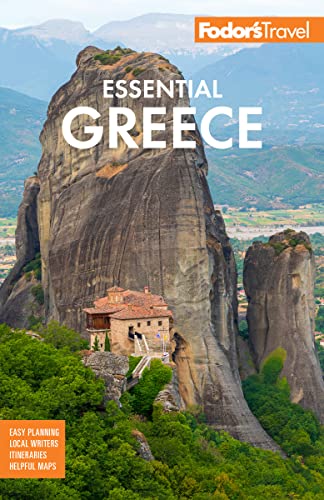Oraia (beautiful) is the word Greeks use to describe Nafplion. The town's old section lies on a peninsula jutting into the Gulf of Argolis, and despite its colonization by boutique stores, guesthouses, and cafés, enough of the old world remains here to thrill wanderers. Greek, Venetian, and Turkish architecture still lines the cobbles and back streets, with many of its neoclassical mansions turned into eccentric stays. Narrow alleys, often just broad flights of stone stairs, lead to the hilltop fortresses of Acronafplia and Palamidi, where views sweep down to the quayside and pebble beaches, and the whole bay unravels before your eyes.
It is a singular quirk of history that Nafplion, which long lived in the shadows of its ancient neighbors, has risen to such acclaim today. The area was believed to have been inhabited as far back as the Neolithic era, but by the time the Mycenaeans were making nearby Tiryns one of the great cities of its day (around 1400 BC), little was written about its neighbor. It had fallen off the radar again as the Classical era arrived after nearby Argos rose to prominence and destroyed Nafplion for its alliance with Sparta during the Second Messinian War. It wasn't until the Byzantines took an interest that history's gaze fell once again on the city, and come the 13th century AD it was in a tug of war between the empire and the Frankish crusaders. Yet it was arguably the Venetians who made the most lasting impression here. In the 1700s, during their second reign, they bulked up the city's existing castle defences and built a second fortress, Palamides, to safeguard its now vital port. It did little good, as the Turks once again snatched it from them, yet this era shaped much of what makes the present-day city so charming. Nafplion would finally have its day in the sun when, during the War of Independence, it became the capital (1823–1834) of the embryonic Greek state, witnessing the historic birth of a nation and even the assassination of Greece's first head of state on the steps of St. Spyridon church.
Today, Nafplion is once again just a provincial city, busy in the tourist season and on weekends when Athenians arrive to escape the city pressures. While most are content to wander the boutique stores and sip a coffee on Syntagma (Constitution) Square, there is some incredible dining to be found here as well as a smattering of beaches to complement the history that envelops the streets and churches. It is well worth a leisurely day of your undivided attention, and makes a good base for exploring the ruins of the nearby ancient cities who rose to greater heights yet fell so spectacularly.





